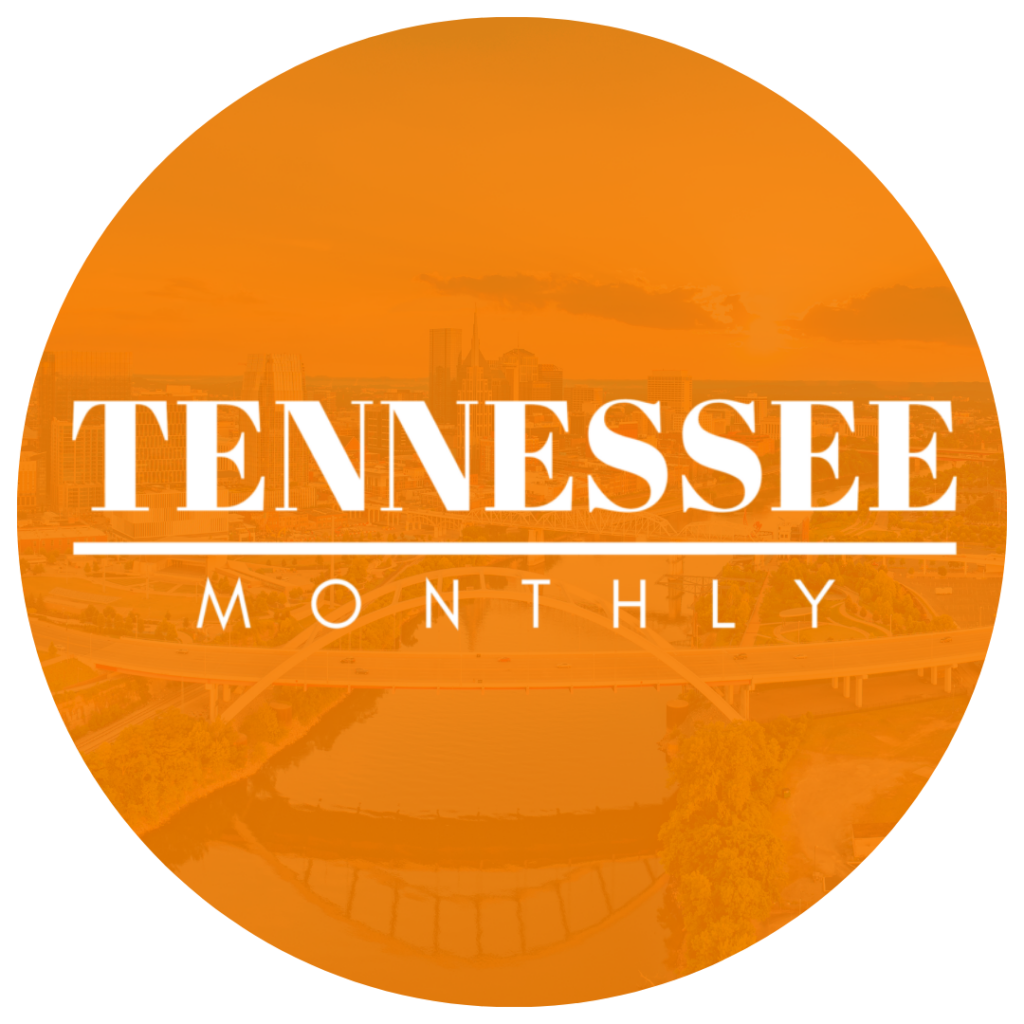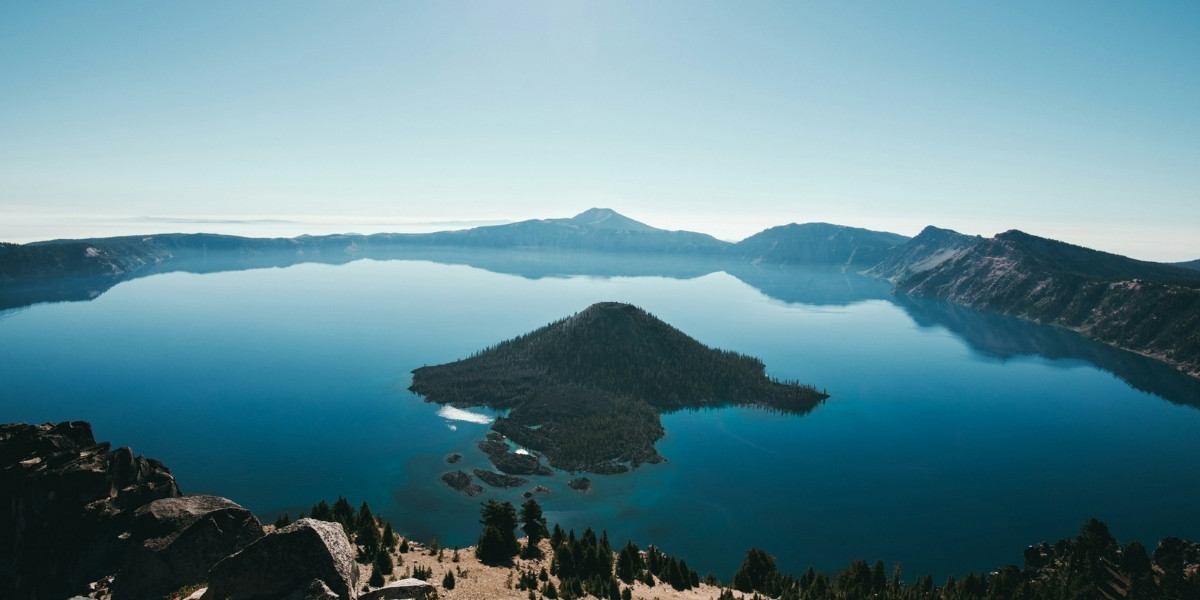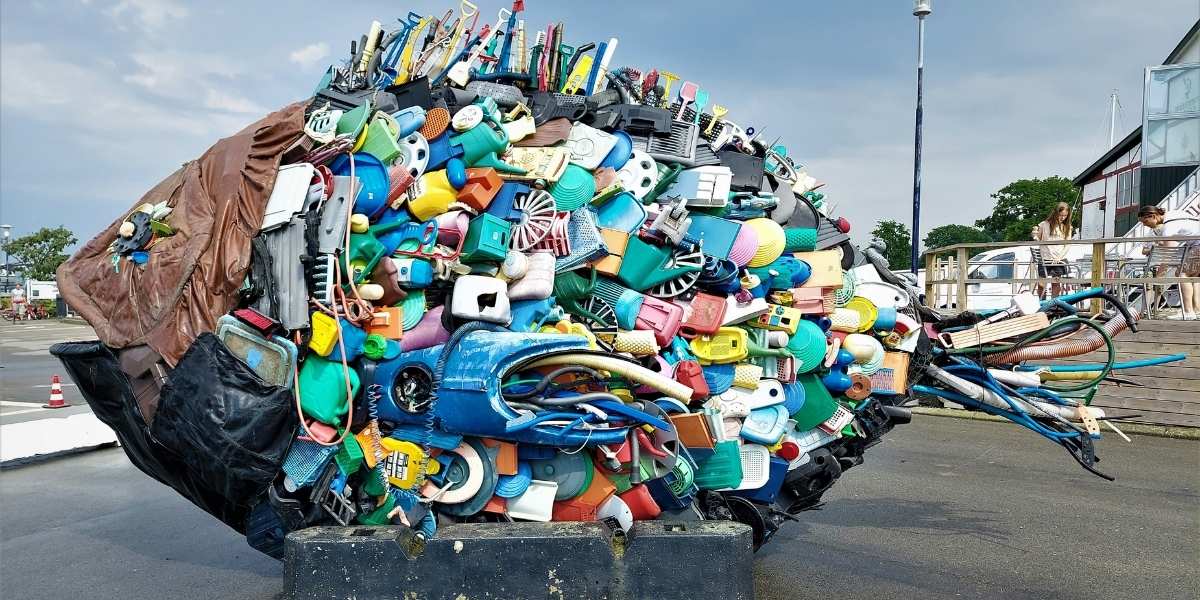Myanmar’s Enduring Wonders: A Journey Through Ancient Heritage, Diverse Cultures, and Breathtaking Landscapes
Myanmar, formerly known as Burma, stands as a nation rich in history, cultural diversity, and natural beauty. This Southeast Asian country invites exploration beyond its borders, offering travelers and scholars alike a tapestry of ancient temples, vibrant traditions, and stunning landscapes. Understanding Myanmar’s enduring wonders requires an appreciation of how its heritage, people, and environment intertwine, shaping a unique national identity that continues to captivate and inspire.
Myanmar’s history stretches back thousands of years, marked by powerful kingdoms and unique cultural developments. Among the most impressive symbols of its ancient heritage is the archaeological site of Bagan. This vast plain, dotted with more than 2,000 Buddhist temples, pagodas, and monasteries, stands as a testament to the Pagan Kingdom’s artistic and spiritual achievements from the 9th to 13th centuries. Bagan’s architectural marvels offer not only visual grandeur but also insight into the religious devotion that shaped the nation.
The cities of Mandalay and Yangon carry layers of Myanmar’s royal and colonial past. Mandalay, once the last royal capital, preserves palaces and monasteries that narrate tales of Burmese monarchy. Yangon blends colonial-era buildings with vibrant street life, embodying the country’s dynamic fusion of tradition and modernity. These historic urban centers highlight Myanmar’s resilience, faith, and capacity for cultural renewal despite centuries of change and challenge.
Read Also: The Global Fascination with Elephants: A Universal Attraction
How Does Myanmar Celebrate Its Diverse Cultural Landscape?
Myanmar’s cultural fabric is woven from over 135 distinct ethnic groups, each contributing unique languages, customs, and traditions. This diversity enriches the nation’s identity but also presents ongoing challenges in unity and governance. Among the largest groups are the Bamar majority, alongside Shan, Karen, Rakhine, Chin, and others, each with vibrant cultural expressions.
Traditional dress, festivals, and crafts vary widely across regions, reflecting deep-rooted histories and localized beliefs. Festivals such as the Water Festival (Thingyan) bring the nation together, transcending ethnic divisions through shared celebration. Buddhism, the dominant religion, coexists with Christianity, Islam, and indigenous animist practices, highlighting Myanmar’s spiritual plurality.
Music and dance are integral to cultural life, with each community preserving unique rhythms and movements that tell stories of heritage and identity. This diversity fosters a vibrant national mosaic that remains a source of pride and continuity.
What Natural Landscapes Captivate Visitors to Myanmar?
Myanmar’s geography presents an extraordinary range of natural beauty. From tropical beaches along the Bay of Bengal and Andaman Sea to mountainous regions in the north, the country’s landscapes offer both adventure and serenity. The Irrawaddy River, Myanmar’s lifeline, flows through the heart of the nation, supporting agriculture, transport, and settlement. Inle Lake, surrounded by stilt houses and floating gardens, provides a tranquil setting where traditional fishing techniques and local crafts thrive. The Shan Hills and Kachin mountains offer rugged terrain for trekking and exploring indigenous cultures. Mount Popa, an extinct volcano and spiritual center, draws pilgrims and nature lovers alike, symbolizing the interconnection of land and belief.
Myanmar’s commitment to environmental conservation is evident in national parks and wildlife reserves protecting rare species and diverse ecosystems. These natural wonders attract ecotourism and inspire efforts to balance development with preservation. Myanmar’s modern identity is shaped by a complex history of colonization, struggle, and independence. British rule from the 19th to mid-20th century introduced new political and economic structures while intensifying ethnic tensions. The post-colonial period saw military governance and internal conflicts that affected social cohesion.
Despite these difficulties, Myanmar draws strength from its rich cultural heritage and communal resilience. The peaceful pursuit of democracy and social justice reflects an enduring hope for unity amid diversity. Efforts to reconcile historical divisions and promote inclusive governance remain central to the nation’s future. Cultural preservation and modernization coexist as Myanmar negotiates its place in the 21st century. Investments in education, infrastructure, and international relations signal a desire to engage globally while honoring local traditions.
What Role Do Arts and Crafts Play in Myanmar’s Culture?
Arts and crafts are vital expressions of Myanmar’s cultural continuity. The country is renowned for its exquisite textiles, such as handwoven silk and cotton, often decorated with intricate patterns that carry symbolic meaning. Lacquerware, another traditional craft, combines artistry with utility, producing bowls, boxes, and furniture admired worldwide. Wood carving, gold leaf application, and mural painting showcase the skills passed down through generations. These crafts not only preserve heritage but also support local economies and community identity.
Music and dance play central roles in rituals, festivals, and storytelling. Traditional instruments like the saung (harp) and pattala (xylophone) accompany performances that blend spiritual themes with historical narratives. Through these artistic forms, Myanmar’s diverse peoples maintain a living connection to their past. Festivals in Myanmar are vibrant celebrations of faith, community, and cultural pride. The Thingyan Water Festival, marking the Burmese New Year, is perhaps the most widely celebrated event, characterized by joyous water throwing, music, and religious offerings. It symbolizes cleansing and renewal, uniting people across ethnic and religious lines.
Other festivals, such as the Shwedagon Pagoda Festival, honor Buddhist traditions with candlelight processions, meditation, and merit-making. Regional events showcase ethnic customs, traditional costumes, and folk dances, emphasizing the country’s cultural richness. These festivals reinforce social bonds, transmit cultural knowledge, and welcome visitors into Myanmar’s warm, communal spirit.
Read Also: Exploring Safe Destinations for Solo Female Travelers
What Challenges and Opportunities Shape Myanmar’s Future?
Myanmar faces significant challenges, including political tensions, ethnic conflicts, and economic development needs. Balancing modernization with cultural preservation is an ongoing task. Infrastructure improvements, education expansion, and sustainable tourism offer pathways to inclusive growth. International partnerships and community-led initiatives highlight resilience and innovation. Emphasizing dialogue and reconciliation can strengthen national unity and peace. Environmental stewardship remains critical amid development pressures, ensuring that natural treasures endure. The country’s future depends on integrating diverse voices, honoring traditions, and embracing progress with care and respect.
Myanmar’s allure lies in its ability to offer deep historical insights, cultural richness, and breathtaking natural settings within a relatively compact space. Its slower pace invites meaningful engagement rather than hurried tourism. Travelers encounter authentic experiences, from ancient temples and bustling markets to remote villages and serene landscapes. Scholars find abundant opportunities for study in archaeology, anthropology, and political science, enriched by ongoing social transformations. Myanmar’s story continues to unfold, inviting curiosity and respect from those who venture into its enduring wonders.








